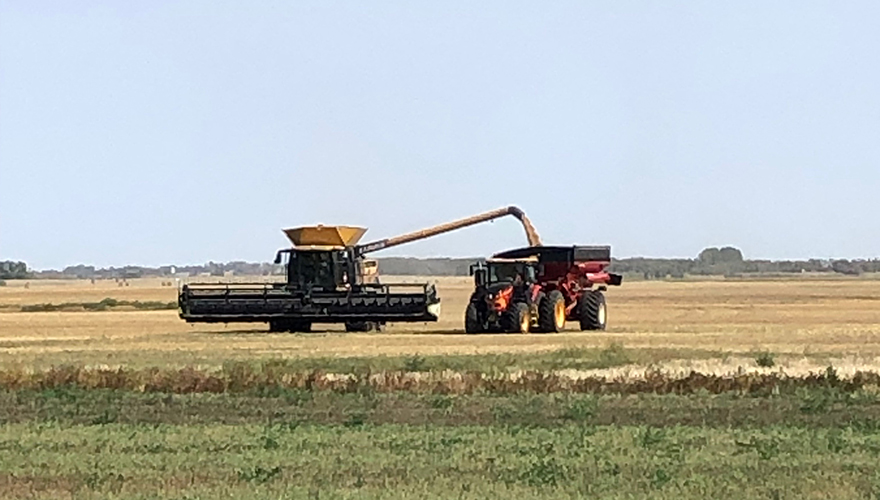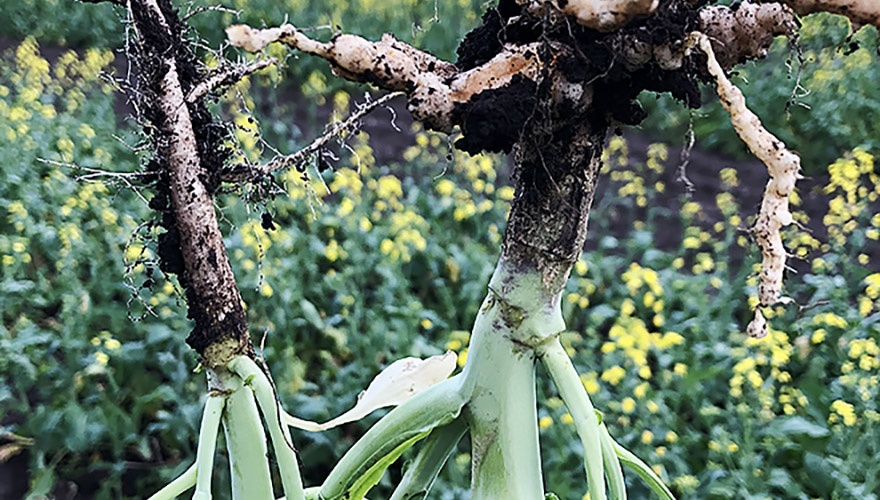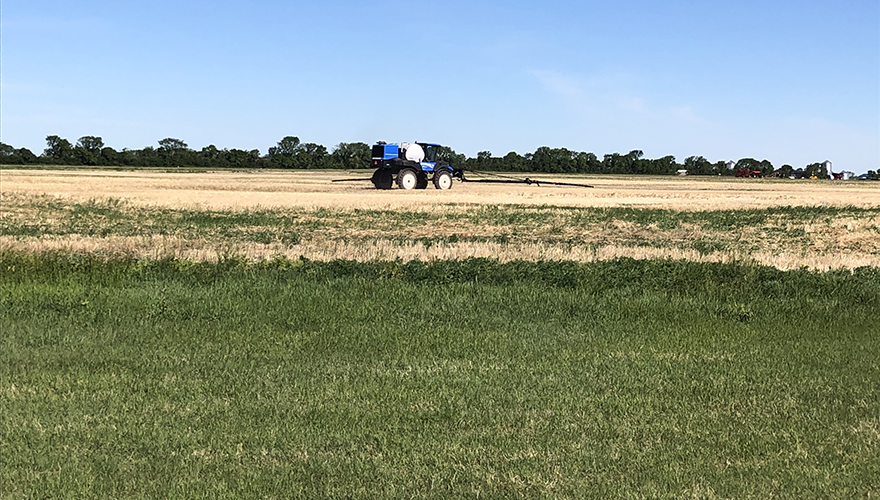Posted April 29, 2020 | By: Sarah Lechler
Choosing The Right Adjuvant For Your Farm
An adjuvant is a product added to the sprayer tank to help with mixing, application or effectiveness of a pesticide. There are many adjuvant options available. Choosing the right adjuvant can depend on crop type, conditions when spraying and your water source. Some instances where an adjuvant may be added include:
- Hard water is used for spraying - Water conditioners are added to the spray tank when hard water conditions are present. Cations that make water hard can bind to pesticides and reduce performance. Weak acid herbicides like glyphosate are the most susceptible. An example of a water conditioner is Choice® Weather Master by Loveland Products.
- Windy conditions at the time of spraying - Drift control aids create right sized droplets when spraying to ensure the pesticide reaches the plant. They reduce the amount of small droplet sizes that can be swept off target due to environmental conditions such as wind. Examples of a drift control agent are LI 700®, Liberate® and VALID® from Loveland Products.
- Reduce the pH of your spray tank - Most pesticides work best in slightly acidic conditions. Water used for spraying in Saskatchewan can be alkaline which will cause the pesticide to start breaking down at a faster rate and reduce quality. By adding a pH reducer such as LI 700®, you can ensure better efficacy of your pesticide.
- Foaming in the spray tank - Foam in your spray tank can slow tank mixing and risk tank spillage. By adding a defoaming agent, you can reduce this problem and easily mix products that are prone to foaming. Examples of defoamers include Breaker®, but VALID® and Liberate® also reduce foaming.
FEATURED LINKS
NEWSLETTER
Want to stay caught up in all things agriculture? Sign up for the newsletter and get all the latest news straight to your inbox.
Where Are All These Weeds Coming From?
Posted April 20, 2020





